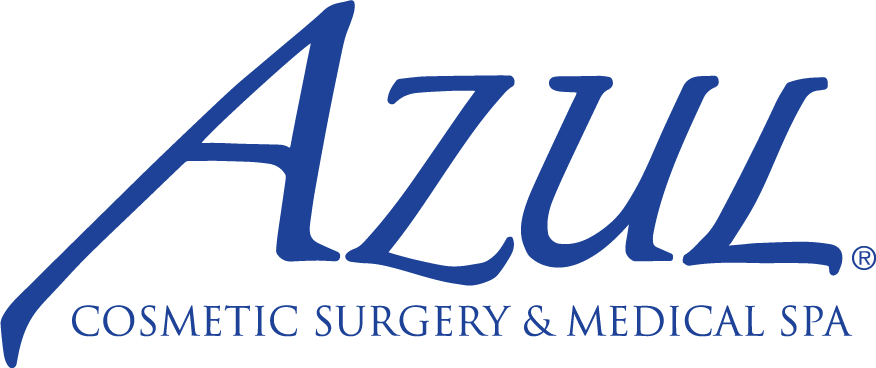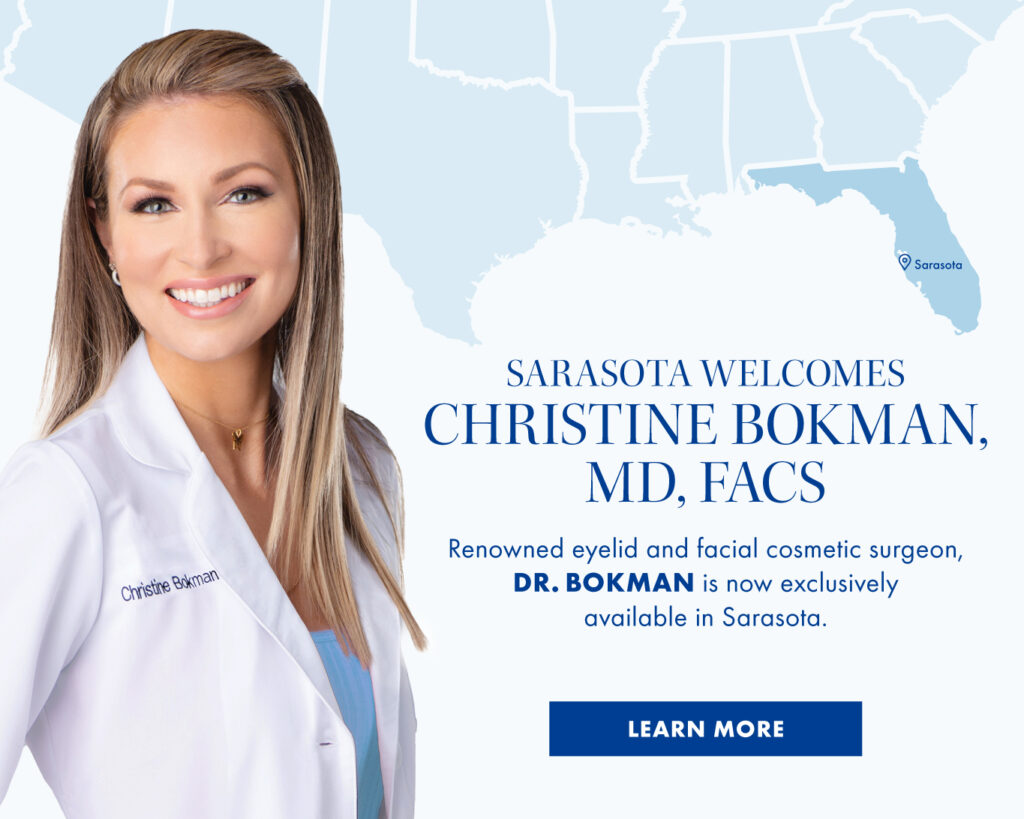Why Trauma to the Eye Rarely Results in Damage to the Eyeball
- Posted on: Dec 21 2021
You would be surprised at how few traumatic injuries to the face actually cause damage to the eyeball itself. In my experience, I have seen numerous patients who have been bitten by horses, hit by cars, head-butted by goats and had perfectly intact eyeballs. However, the eyelids, the frontline protectors of the eyeball, sustained massive trauma.
The eyelid’s anatomy is perfectly designed to protect the eye. Just above the eyelashes is a structure called the Tarsus, which is made of a material similar to cartilage with a firm consistency. It is positioned just over the eyeball when the lid is closed, and it acts as a protector from things such as blunt trauma and deflects foreign objects that could potentially damage the eye. I have seen pieces of windshield glass stuck in the Tarsus that would have otherwise penetrated the eyeball.
The next layer of the eyelid is the Orbicularis muscle. This is a circular muscle that helps the eyelids close. Upon impact, the eyelids will close to protect the eye, and when the lids are squeezed tight, the muscle flexes. This is much like flexing the biceps or pectoral muscle in which the muscle becomes hard, so it helps to lessen the impact of trauma to the eye.
Moving from the posterior to the anterior brings us to our last layer of protection – the skin. The skin of the eyelid is very thin and well-vascularized, meaning that it can be easily cut or torn in an injury, and it will bleed heavily. Though heavy bleeding may sound alarming, it actually is a good thing! Tissue that bleeds a lot will heal very well, and oftentimes eyelid skin lacerations will heal without a scar.
Additional anatomic features that protect the eyeball are the floor and medial wall of the orbit. The orbit is a bony structure that surrounds the eyeball. In a case of blunt trauma to the eye, the orbit will protect the eye from bursting, and the paper-thin medial wall and floor of the orbit can break, which relieves pressure off of the eye.
We hope you never have trauma to your eyelid or face, but if you do, you can trust that you are in the best care with the help of the eyelid experts!
Posted in: V-Eye-P


